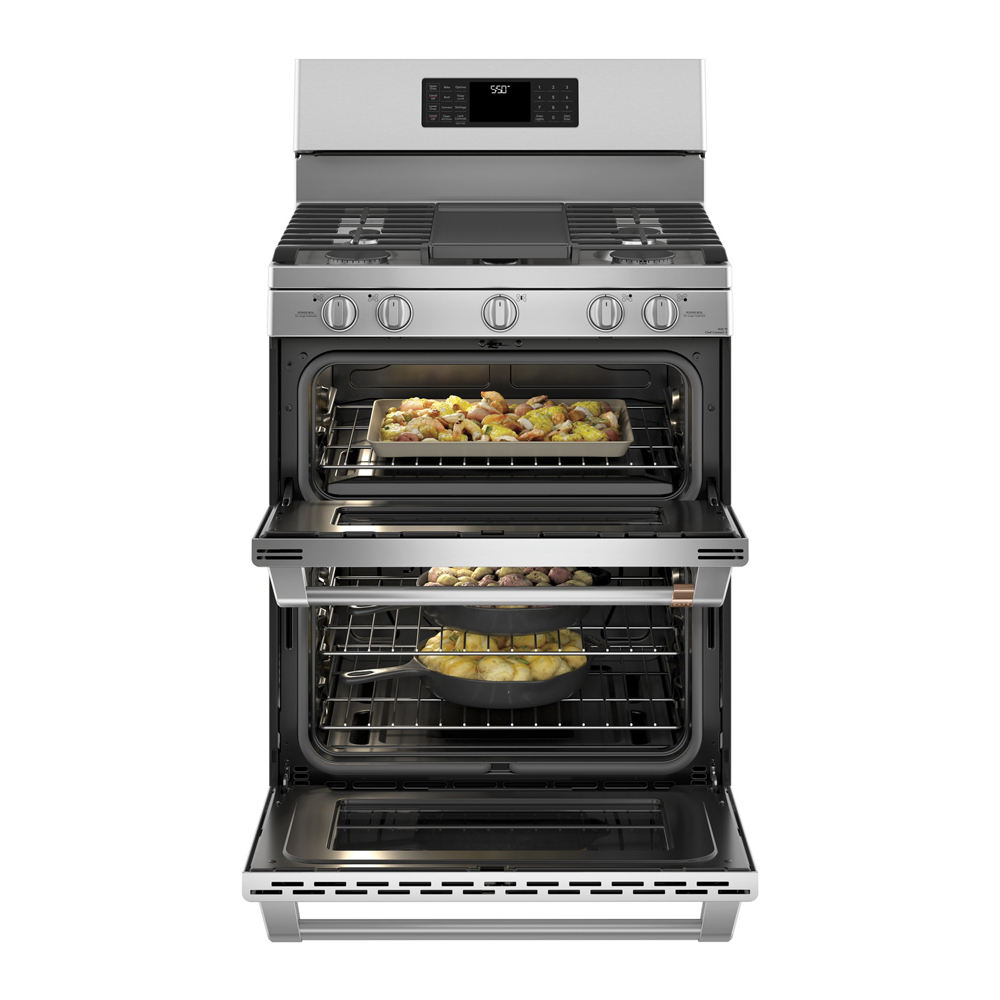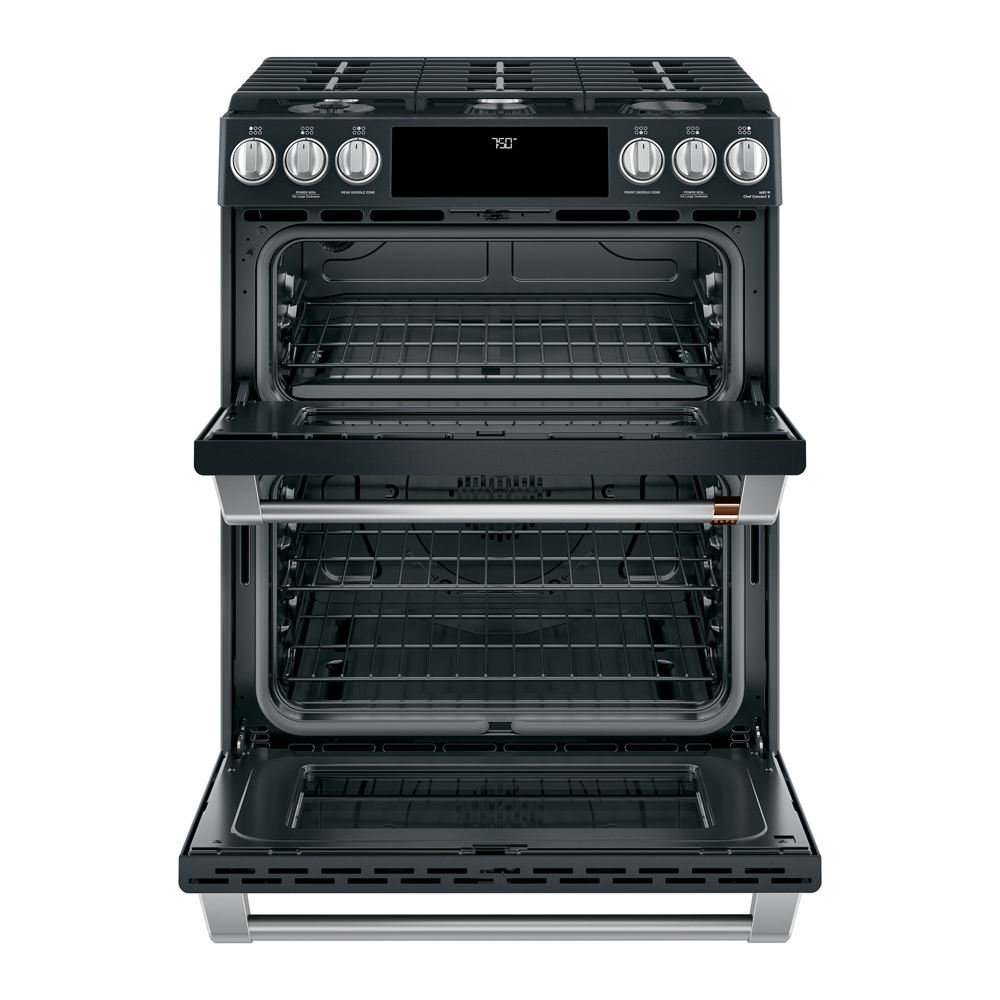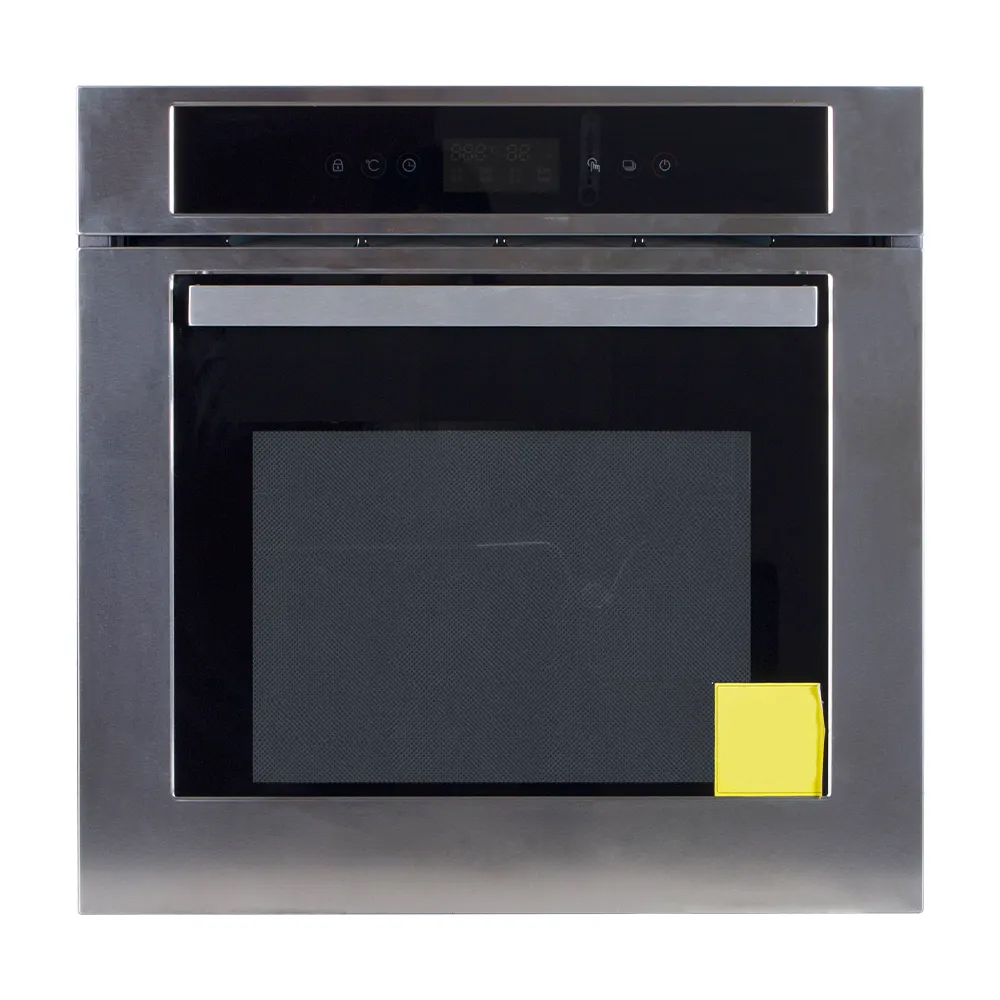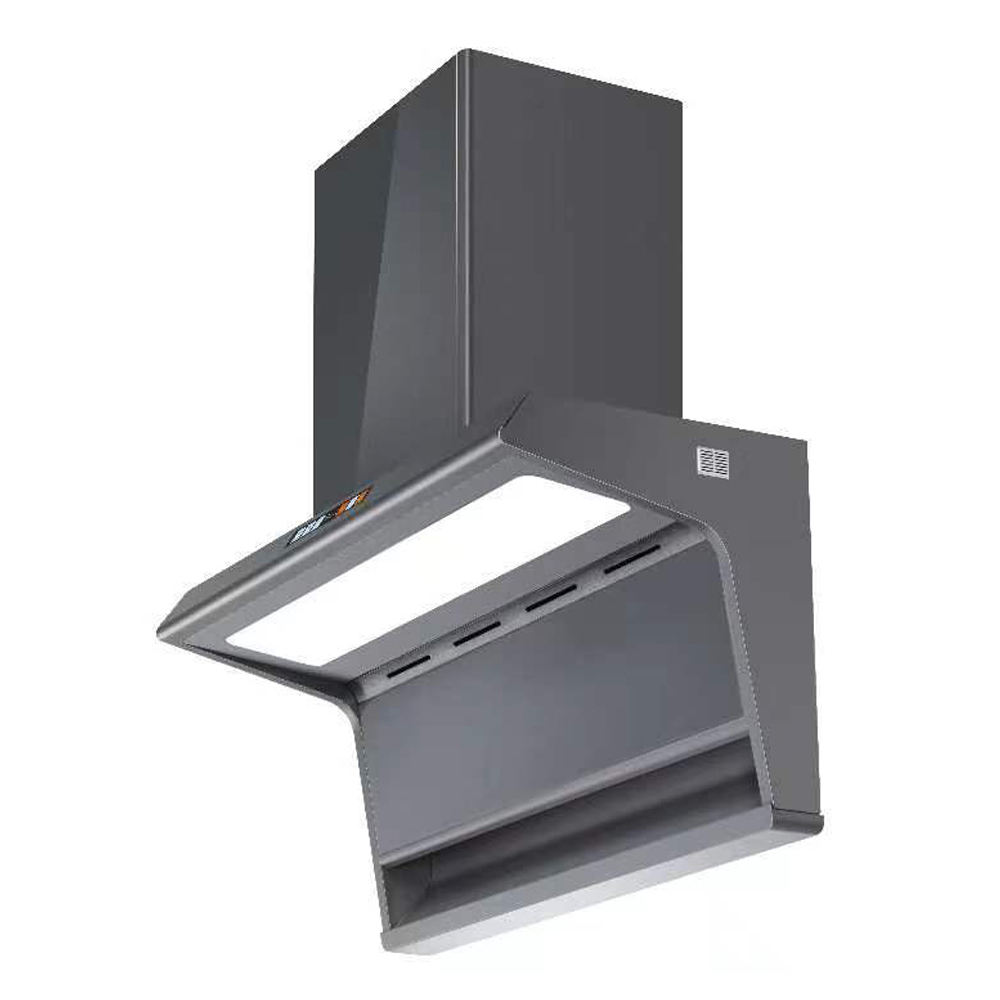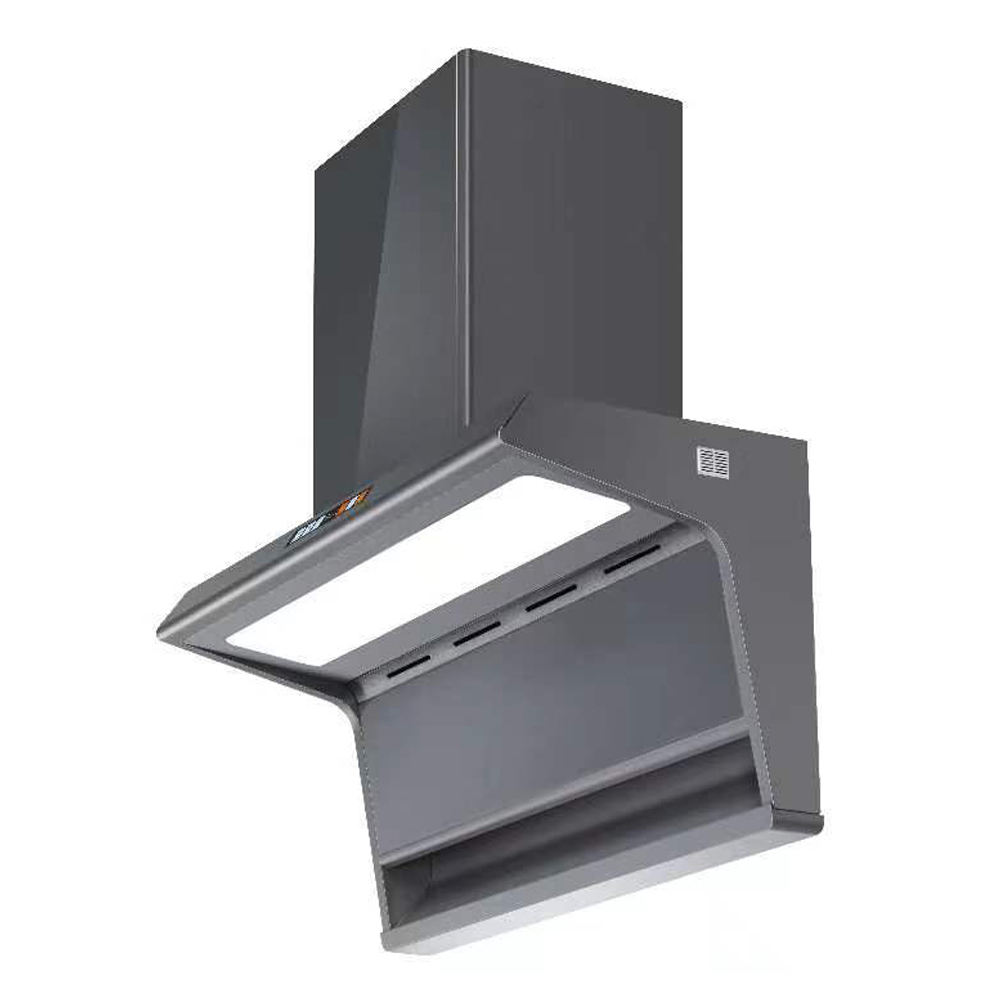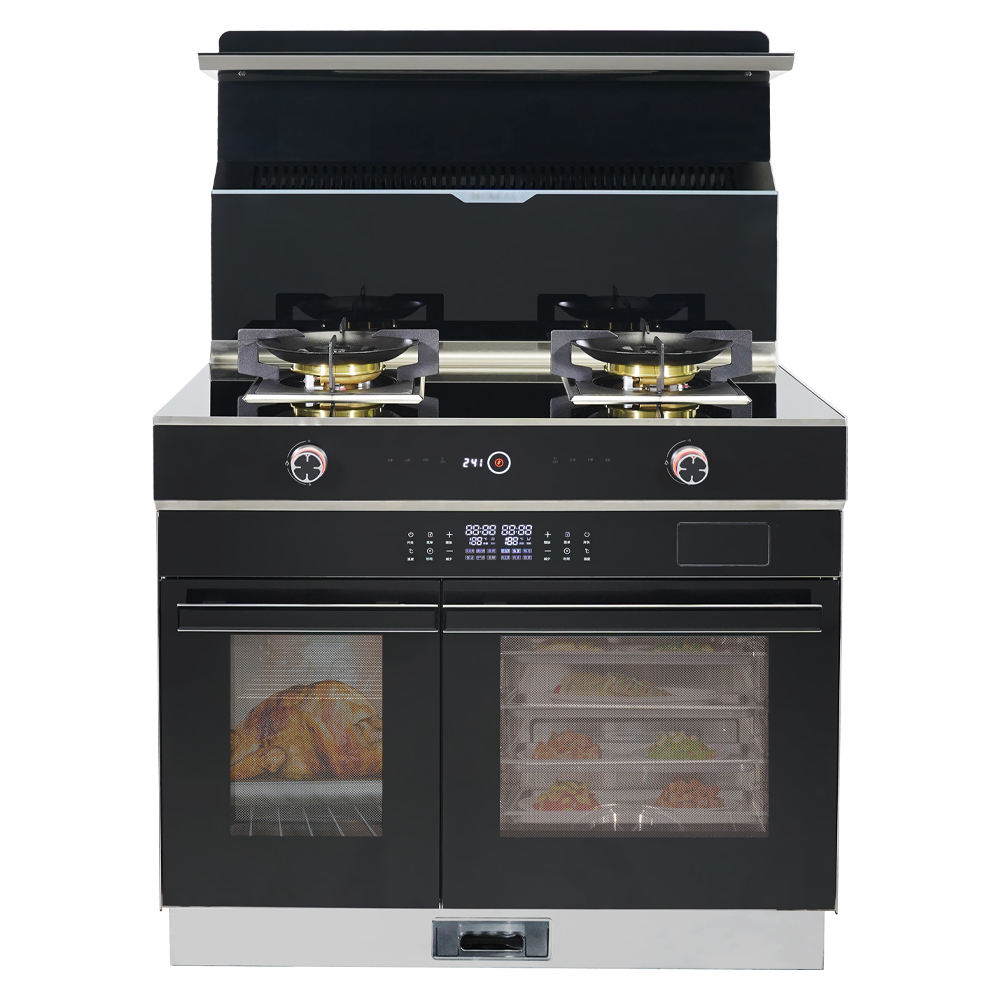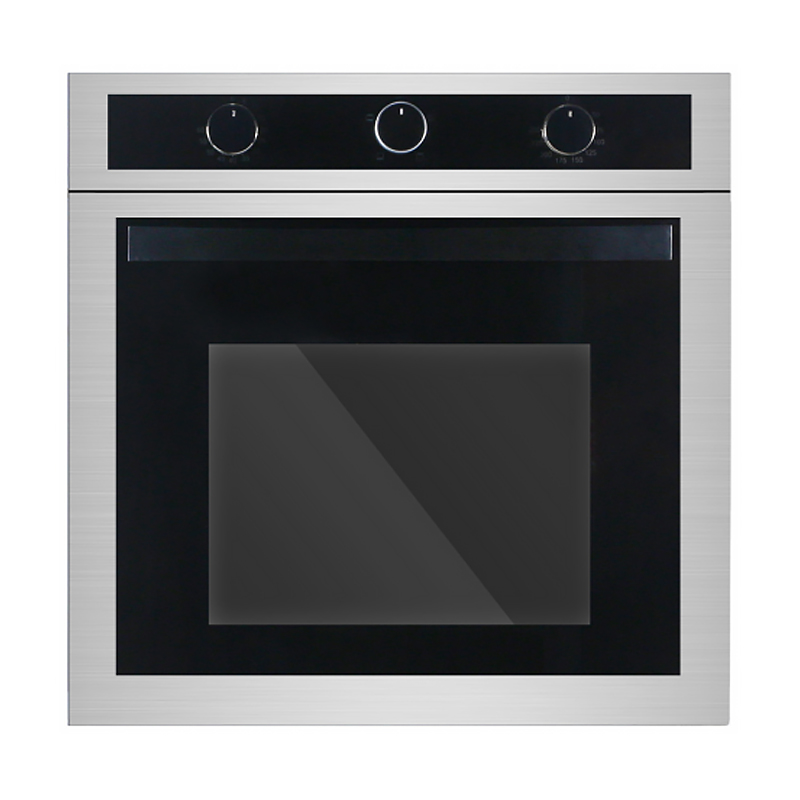For home chefs and bakers, preheating an oven is a non-negotiable step for achieving recipe success. But how long should you realistically wait? When considering an electric wall oven, understanding how its preheat time compares to other common oven types – freestanding electric ranges, gas ovens, and convection models – is crucial for efficiency and planning.
The Core Comparison: Electric Wall Ovens vs. Freestanding Electric Ranges
Electric wall ovens and the oven component of a freestanding electric range operate on the same fundamental principle: heating elements (usually bake and broil) convert electricity into heat. Generally, their preheat times are very similar when comparing models of similar size and wattage.
- Typical Preheat Time: For a target temperature of 350°F (175°C), both types usually take approximately 12 to 20 minutes. Several factors influence this:
- Size and Capacity: Larger ovens require more energy to heat the greater air volume and mass.
- Wattage and Element Design: Higher wattage elements and efficient designs can slightly reduce preheat time.
- Insulation: Modern ovens, both wall and freestanding, feature significant insulation. Wall ovens often have excellent insulation surrounding the cavity, which helps retain heat efficiently once preheated but doesn't necessarily make them preheat significantly faster than a well-insulated freestanding range oven.
- Starting Temperature: An oven starting from a cold ambient temperature (like a cool kitchen) will take longer than one still slightly warm from recent use.
The Gas Oven Factor
Gas ovens, common in freestanding ranges, typically preheat faster than electric ovens, including wall models.
- Typical Preheat Time: A gas oven often reaches 350°F (175°C) in 8 to 15 minutes.
- Why Faster? Gas burners generate heat more immediately and directly into the oven cavity compared to electric elements that need to heat up themselves first and then radiate or convect heat. The combustion process provides rapid heat transfer to the air and oven walls.
The Game Changer: Convection Technology
The most significant factor in reducing preheat time isn't the oven's type (wall vs. freestanding vs. gas), but rather whether it features convection cooking.
- Impact on Preheat: A convection oven, whether electric wall, electric freestanding, or gas, will preheat significantly faster than its non-convection counterpart. Convection ovens use a fan to circulate hot air forcefully around the cavity.
- Typical Reduction: Expect a convection oven to reach the target temperature approximately 15-25% faster than a similar-sized conventional oven. For example, a conventional electric wall oven taking 15 minutes might only take 11-13 minutes in convection mode.
- Why Faster? The forced air circulation transfers heat much more efficiently and evenly to the oven walls, racks, and the air itself, eliminating cold spots and speeding the overall heating process.
Key Considerations Beyond Simple Preheat Time
- Temperature Accuracy: While preheat indicators (lights or beeps) signal the oven has reached a cavity air temperature close to the set point, the mass of the oven walls and racks may still be absorbing heat. For absolute precision, especially in baking, waiting an additional 5-10 minutes after the indicator signals readiness ensures thermal equilibrium. Using an independent oven thermometer is always recommended.
- Energy Efficiency: While gas ovens preheat faster, the ongoing energy efficiency compared to electric models depends heavily on local energy costs and the specific task. Electric ovens, including wall models, often provide very dry, stable heat ideal for baking. Convection cooking generally reduces overall cooking times and temperatures, improving efficiency regardless of fuel type.
- Rack Position: Preheat time is usually measured with racks in a standard position. A heavily loaded oven with multiple racks or dense baking stones/pans will extend the preheat duration.
When evaluating preheat times:
- Electric Wall vs. Freestanding Electric: Expect comparable preheat times for similar size and technology (conventional or convection).
- Gas Ovens: Typically preheat faster than conventional electric ovens (wall or freestanding).
- Convection is Key: The presence of a convection fan is the single most impactful feature for reducing preheat time across all oven types (electric wall, freestanding, gas).
Ultimately, while preheat time is a practical consideration, especially for busy cooks, it should be weighed alongside other factors like cooking performance (especially for baking), available space, installation requirements, ventilation, and overall energy efficiency goals. Electric wall ovens offer excellent insulation, a streamlined built-in look, and, when equipped with convection, competitive preheat speeds suitable for demanding home kitchens. Always verify preheat times and oven accuracy with a reliable thermometer for optimal cooking results.



 中文简体
中文简体 Español
Español عربى
عربى
